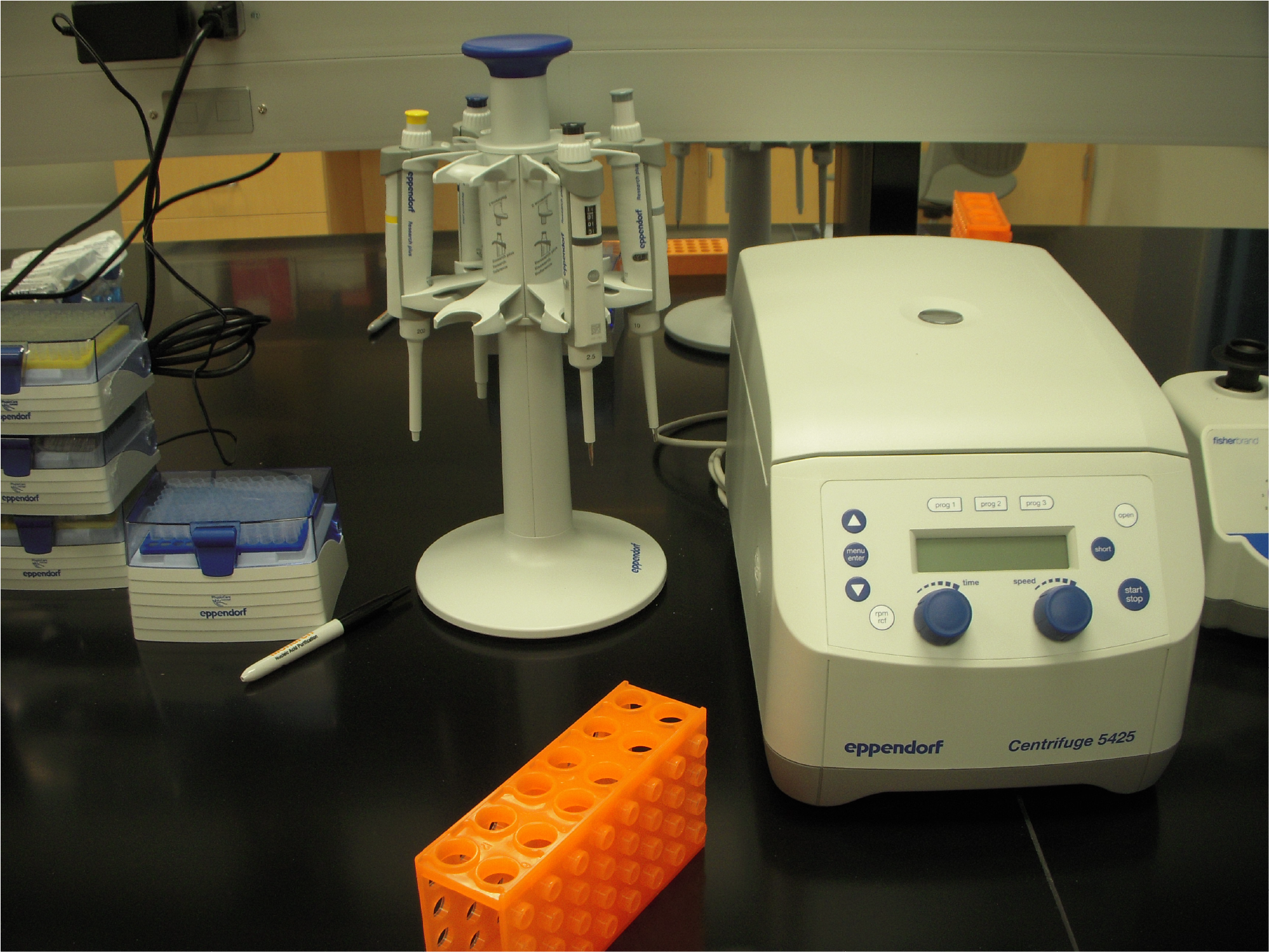Written by Baxton Munn
11/12/21 – It remains imperative to discover novel ways to treat multiple myeloma (MM), which stands as the second-most frequently diagnosed hematological cancer. Treatments have progressed immensely in recent years, yet patients remain plagued by the recurrence of the disease and drug resistance to therapeutics. Attempts to identify clinical markers are categorized in the Revised MM International Staging System (R-ISS), which has proven reliable yet itself is plagued by the appearance of heterogenous disease courses in patients of the same stage. Papadimitriou, et al. describe a molecular diagnostic marker, miR-181a, that is overexpressed in MM patients, providing valuable prognostic significance, risk stratification, and a reliable prediction of patients’ response to treatment and disease progression.
Using miRNA-seq and enrichment analysis, the authors pinpointed six miRNA targets that were dysregulated in both their MM cohort and R-ISS cohort. Survival analysis via Kaplan-Meier survival curves and Cox regression analysis discovered the only candidate with a significant association with worse overall and progression-free survivability: miR-181a. GO Ontology analysis documented this miRNA to be enriched in several key biological processes, including B cell apoptosis and response to glucocorticoids. Next, survival analyses were performed to evaluate the prognostic utility of miR-181a via Kaplan-Meier curves and Cox univariate and multivariate regression analysis. The result: high miR-181a levels were associated with a shorter life expectancy in both overall survivability (OS) and cancer specific survivability, confirmed by an independent cohort. Multivariate Cox regression analysis, incorporating variables such as age, gender, LDH, and cytogenetics, further confirmed miR-181a overexpression and its association with post-treatment progression.
Next, researchers evaluated if miR-181a could serve as a co-prognostic indicator of MM along with R-ISS, high-risk cytogenetics, and 1st line therapy response. Indeed, miR-181a proved invaluable in assisting prognosis with all three existing indicators: in combination with R-ISS, it provided better stratification for patients’ survivability; with high-risk cytogenetics, an increase in inferior disease outcome; and with therapy response, it could predict the risk for disease progression and a worse survival outcome. Finally, decision curve analysis (DCA) compared the net benefit of treating patients evaluated for high miR-181a levels/R-ISS, and response to 1st line therapy to those only evaluated for the latter two. Not surprisingly, there was a significant net benefit in treating those with elevated miR-181a levels compared to those not evaluated for it.
To summarize, Papadimitriou, et al. indicated a key miRNA component of MM prognosis that, along with existing markers and indicators, demonstrates value in significantly improving patients’ prognosis, predictability of disease progression, and survivability outcome.
